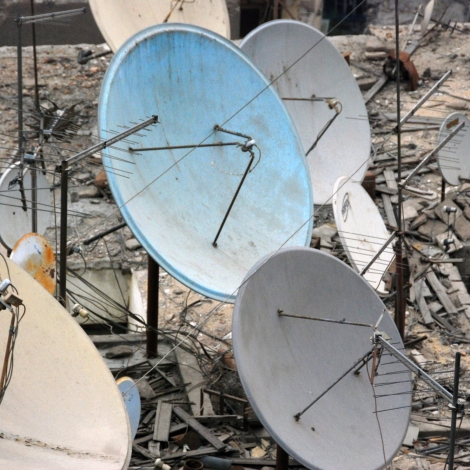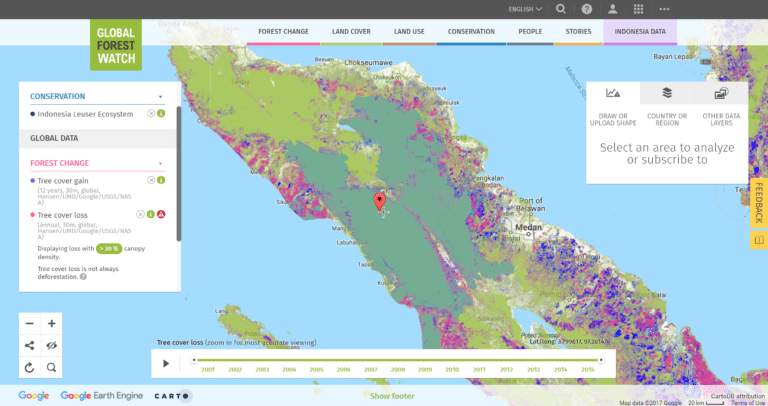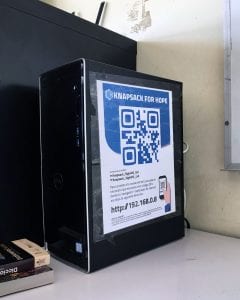 Satellite receiver dishes mount the roofs of homes and community centers around the world. Even in rural villages where poverty is more common than sewers or clean water, and in states that censor the Internet and other media from their populations. TVs in these homes translate the data that satellites receive to present moving images and sounds. TV shows, in other words. But the data do not have to be video. They could be Web pages, text books, Wikipedia articles, photos, anything, really, that can be found on the Internet or on TV. My organization, NetFreedom Pioneers, leverages that principle to send educational information and censored material into homes that lack Internet access around the world.
Satellite receiver dishes mount the roofs of homes and community centers around the world. Even in rural villages where poverty is more common than sewers or clean water, and in states that censor the Internet and other media from their populations. TVs in these homes translate the data that satellites receive to present moving images and sounds. TV shows, in other words. But the data do not have to be video. They could be Web pages, text books, Wikipedia articles, photos, anything, really, that can be found on the Internet or on TV. My organization, NetFreedom Pioneers, leverages that principle to send educational information and censored material into homes that lack Internet access around the world.
Bridging the digital divide
In rural parts of the world students lack access to high-quality educational content. Teaching and learning have evolved as more information is being shared online, but rural communities around the globe with little or no Internet access are being left behind.
NetFreedom Pioneers bridges this gap between urban and rural populations. One of our projects is called Knapsack for Hope, which uses satellite technology to transmit data directly into homes, libraries, schools and community centers without the Internet. The program takes advantage of the widespread access to satellite television in these communities by relying on hardware that many already own or can easily access and afford. Even though pundits are already predicting the demise of satellite TV in developed countries, the technology is relevant and even ubiquitous in developing countries and countries living under restrictive regimes.
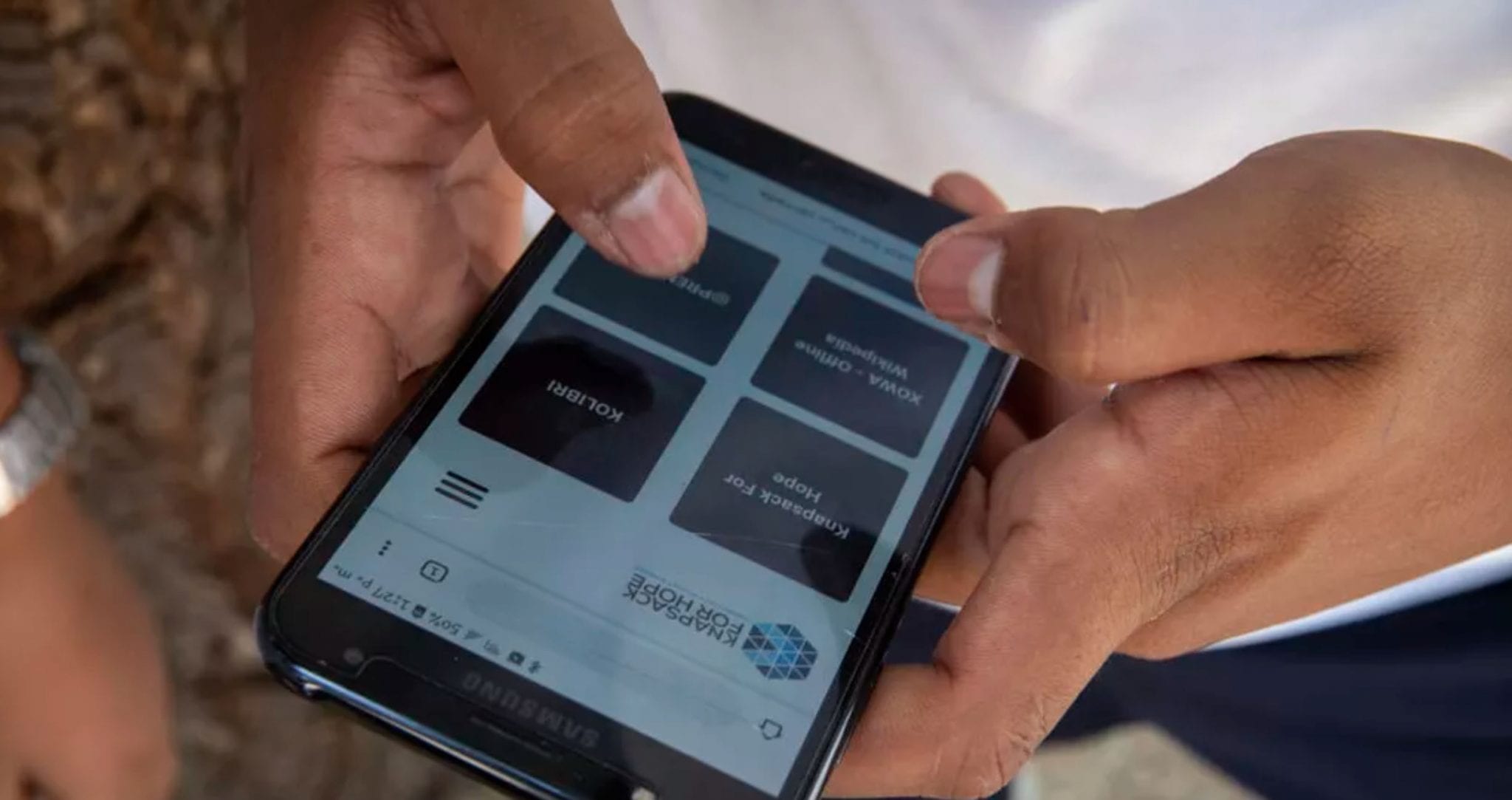
Photo: Marta Franco / CNET (used with permission)
How Knapsack for Hope works
The process to transmit content through Knapsack begins with uploading curated content to a satellite through an online portal designed as a delivery mechanism to the satellite. After the content is sent to this satellite, it is broadcast to TV dishes in target regions.
One of the regions where Knapsack operates is the Middle East and North Africa, where it is known as Toosheh, a Farsi word for a knapsack. Since it was launched in 2016, more than 5 million people have used Toosheh to access content that would otherwise be inaccessible due to local Internet regulations. As in every iteration of Knapsack, the software required is free to use, making it accessible to anyone who has access to the hardware. This iteration allows users to gain access to content through a satellite TV channel, enabling them to anonymously download large amounts of content and then convert it to its original form using a Knapsack converter software. This process is illustrated below.
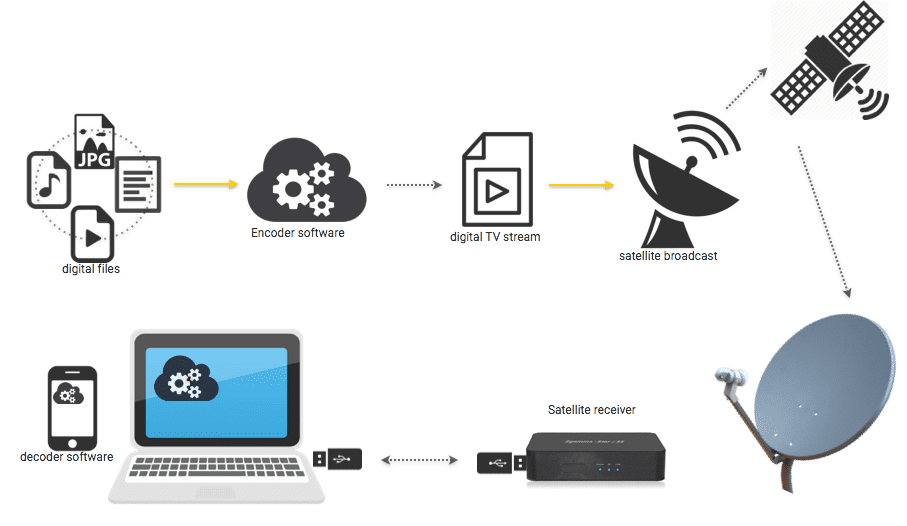
In 2019, NetFreedom Pioneers partnered with local communities in Oaxaca, Mexico to create a new Knapsack pilot project in North America. This iteration of the project uses a Knapsack Content Station, a device that has the converter software pre-installed, allowing it to automatically convert the files it receives to their original form. This Content Station works as a central hub, allowing hundreds of teachers and students to wirelessly connect and access content.
The applications of Knapsack technology
Knapsack meets the needs of students in many ways, providing access to content such as e-books, videos, encyclopedias, news, online art galleries, virtual field trips, podcasts, documentaries, lessons, other Creative Commons materials, and Open Educational Resources.
There are many other applications for Knapsack besides education. For example, the platform delivers vital health and wellness information to regions where such knowledge is not widespread. Knapsack is also updated regularly, allowing rural communities to stay informed about life-threatening emergencies and important world events at a much quicker rate than could be accomplished otherwise. Likewise, humanitarian organizations operating in these communities can also work with this technology to expand and streamline their work.
Are you part of an educational institution, library, or community with limited access to the internet? Do you work for an organization that creates educational content? NetFreedom Pioneers is always looking for new partners in this work. For more information, visit us online at knapsackforhope.org or contact us at info@knapsackforhope.org.
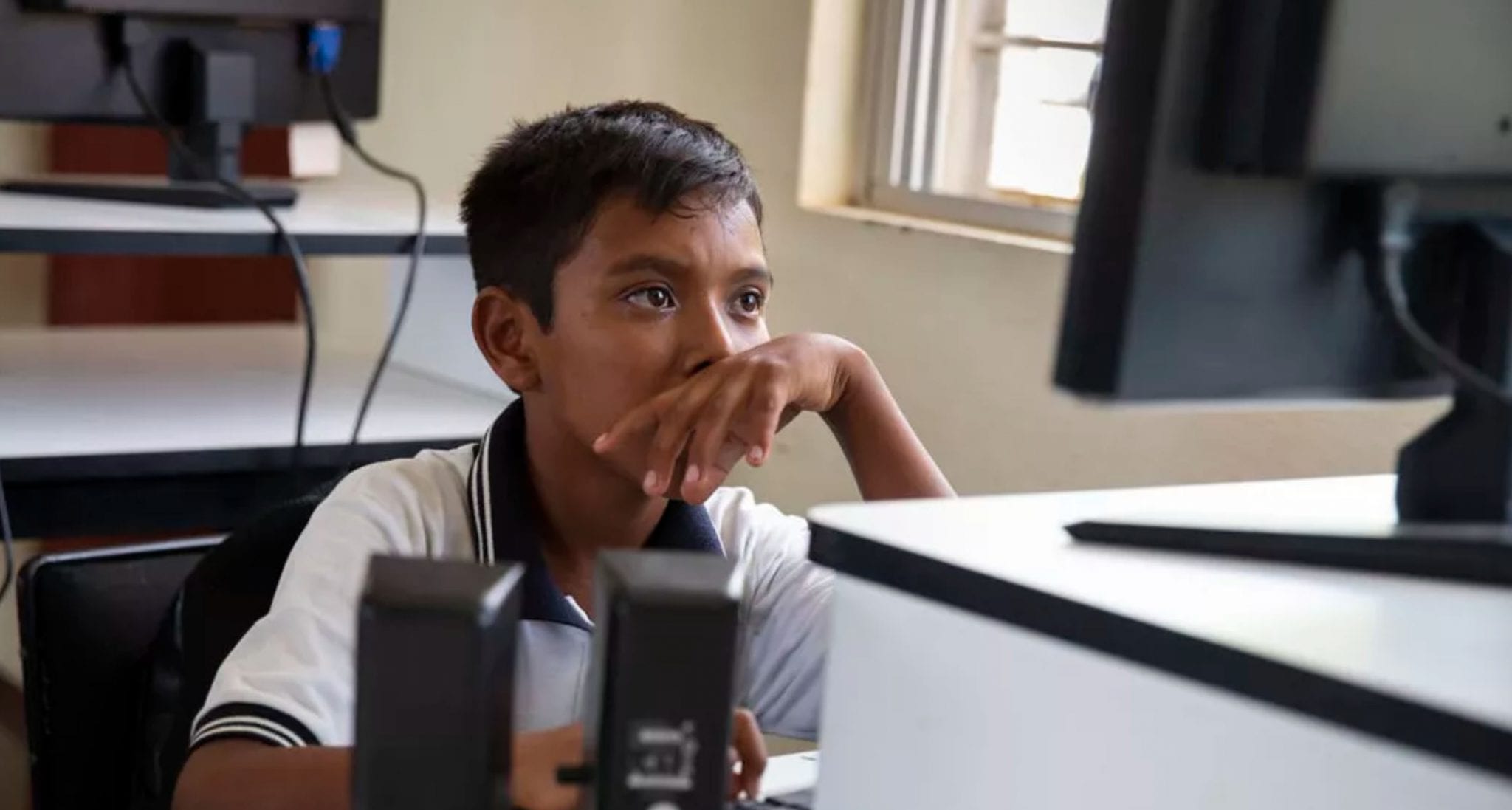
A student uses a computer at Siglo XXI Secondary School in the community of Álvaro Obregón in Juchitán de Zaragoza, state of Oaxaca, Mexico. Photo: Marta Franco / CNET (used with permission)
